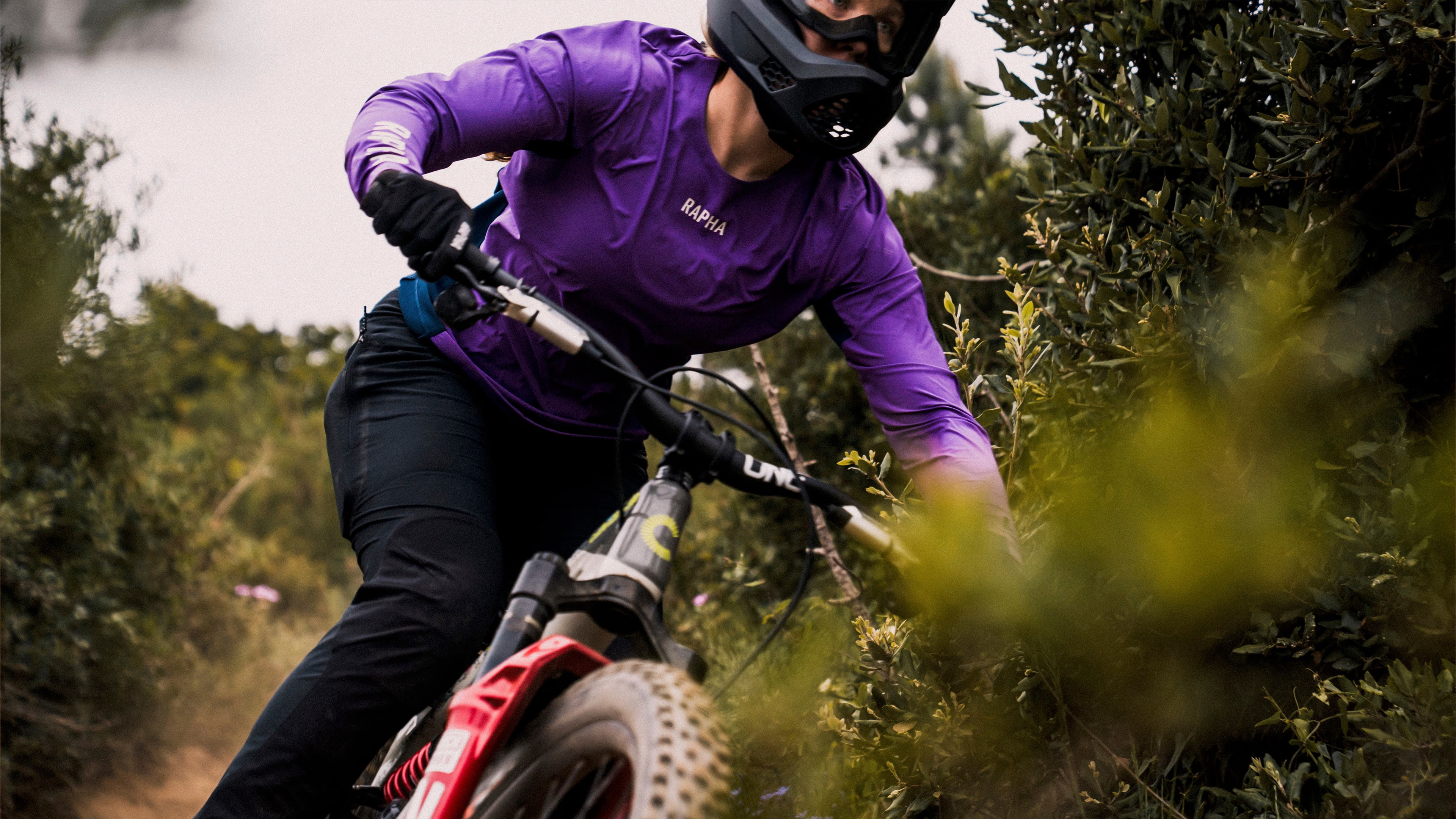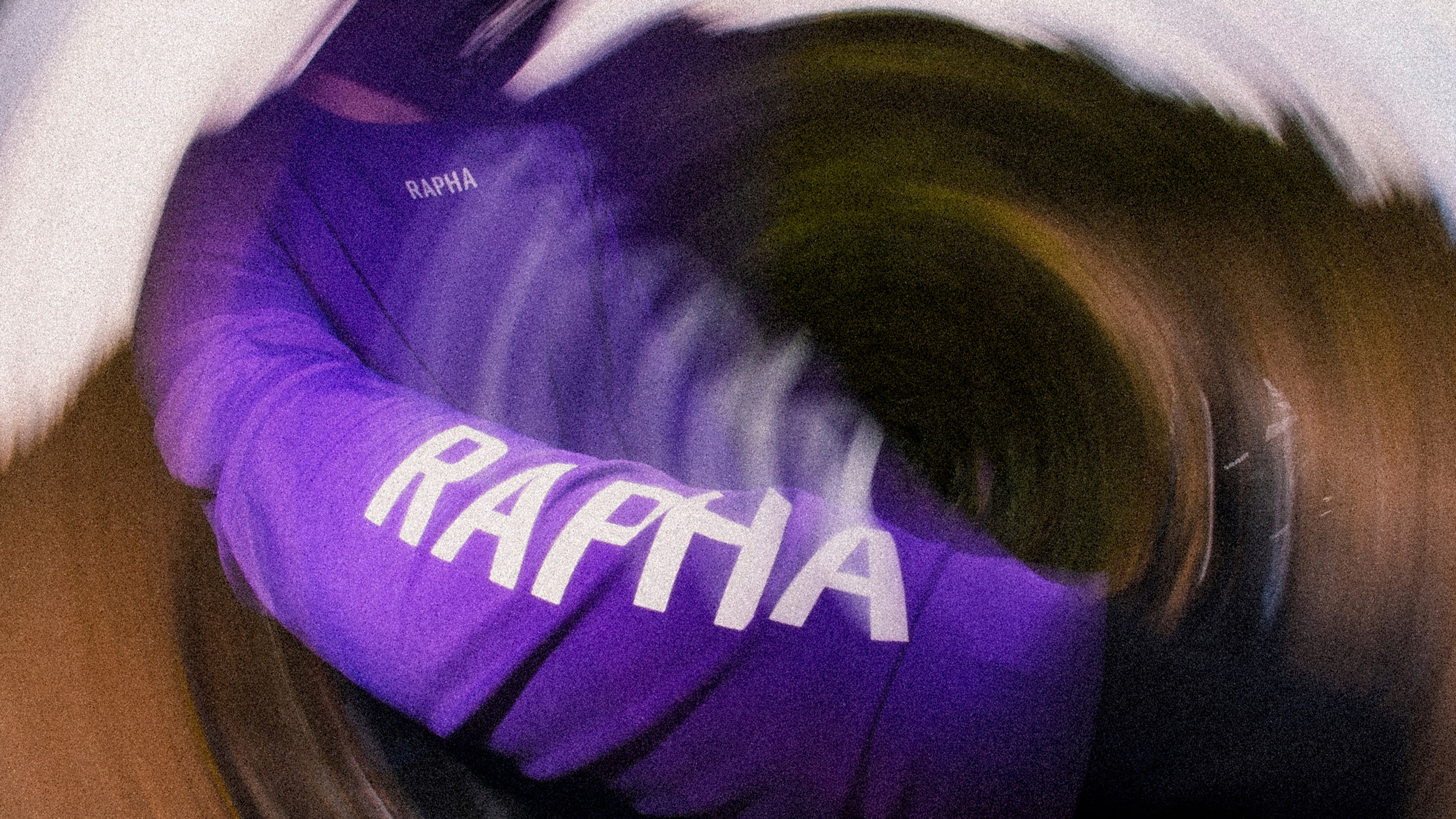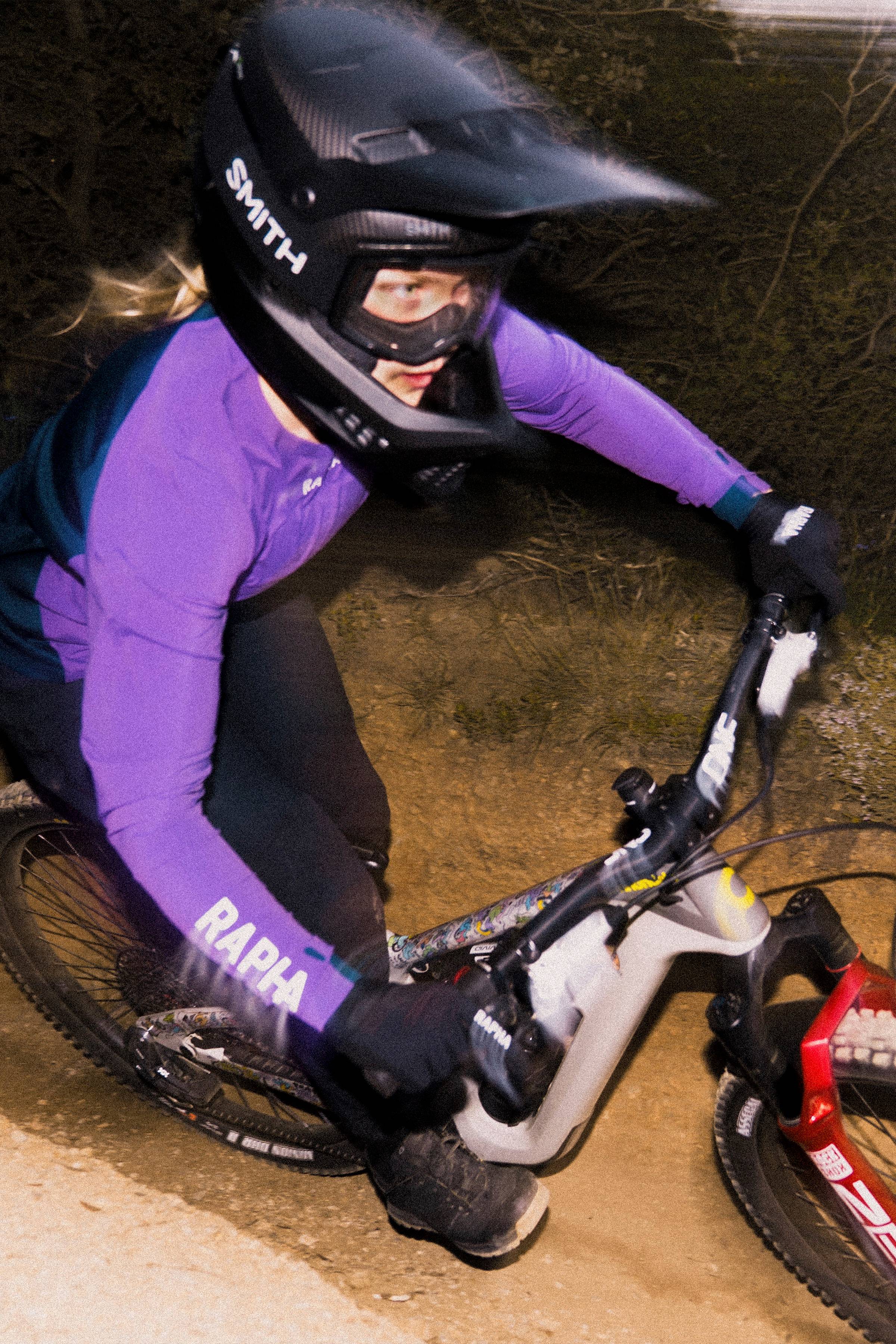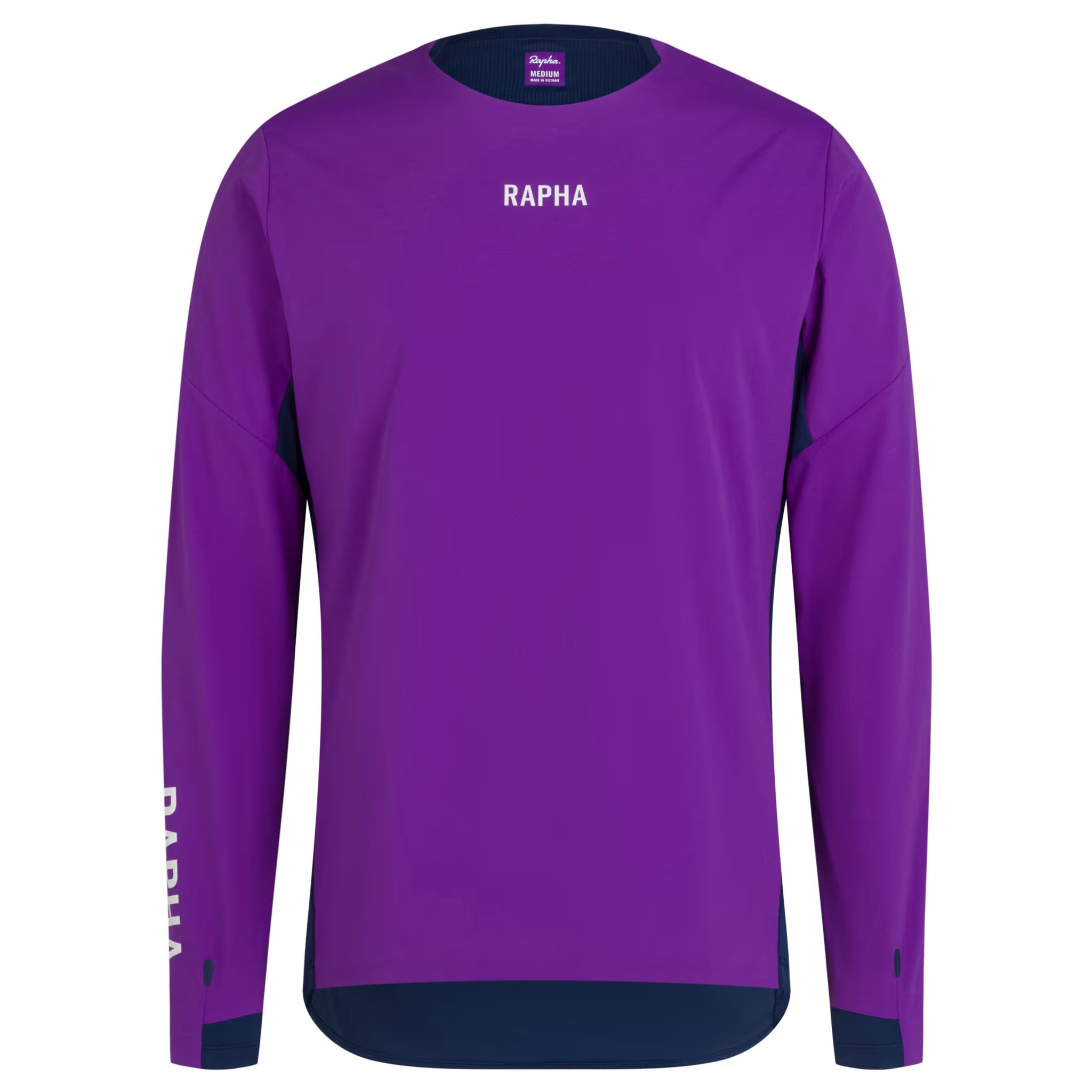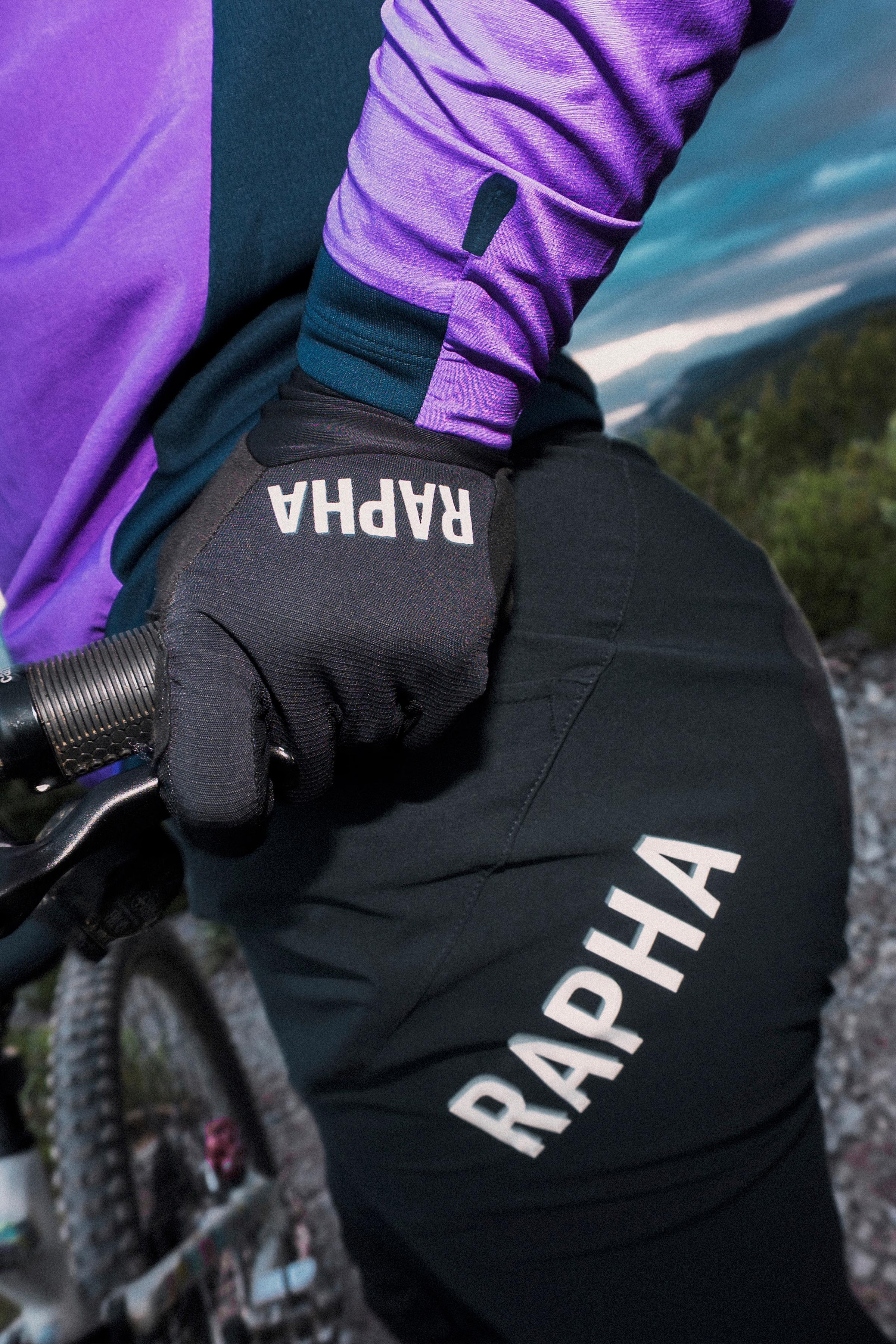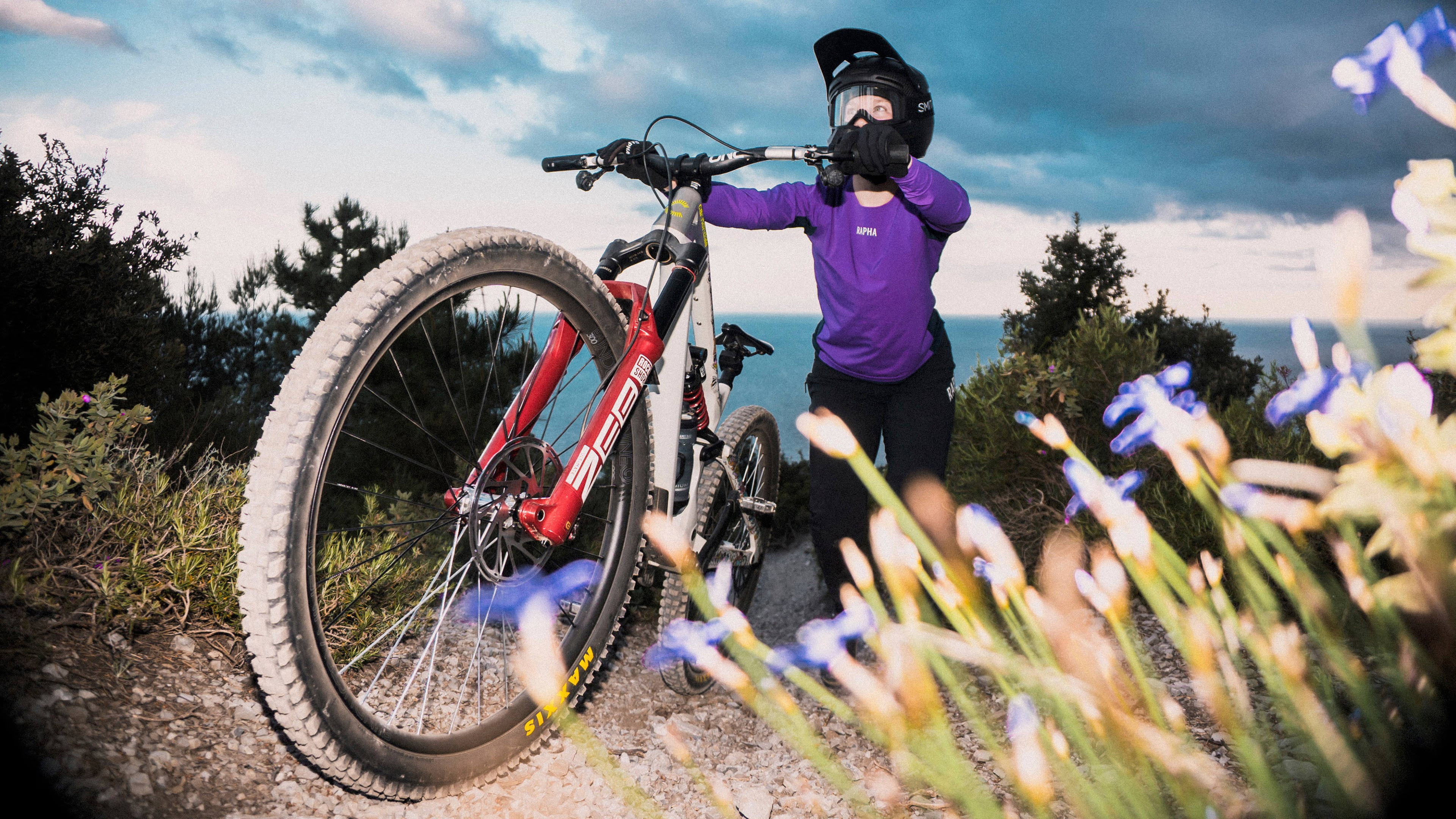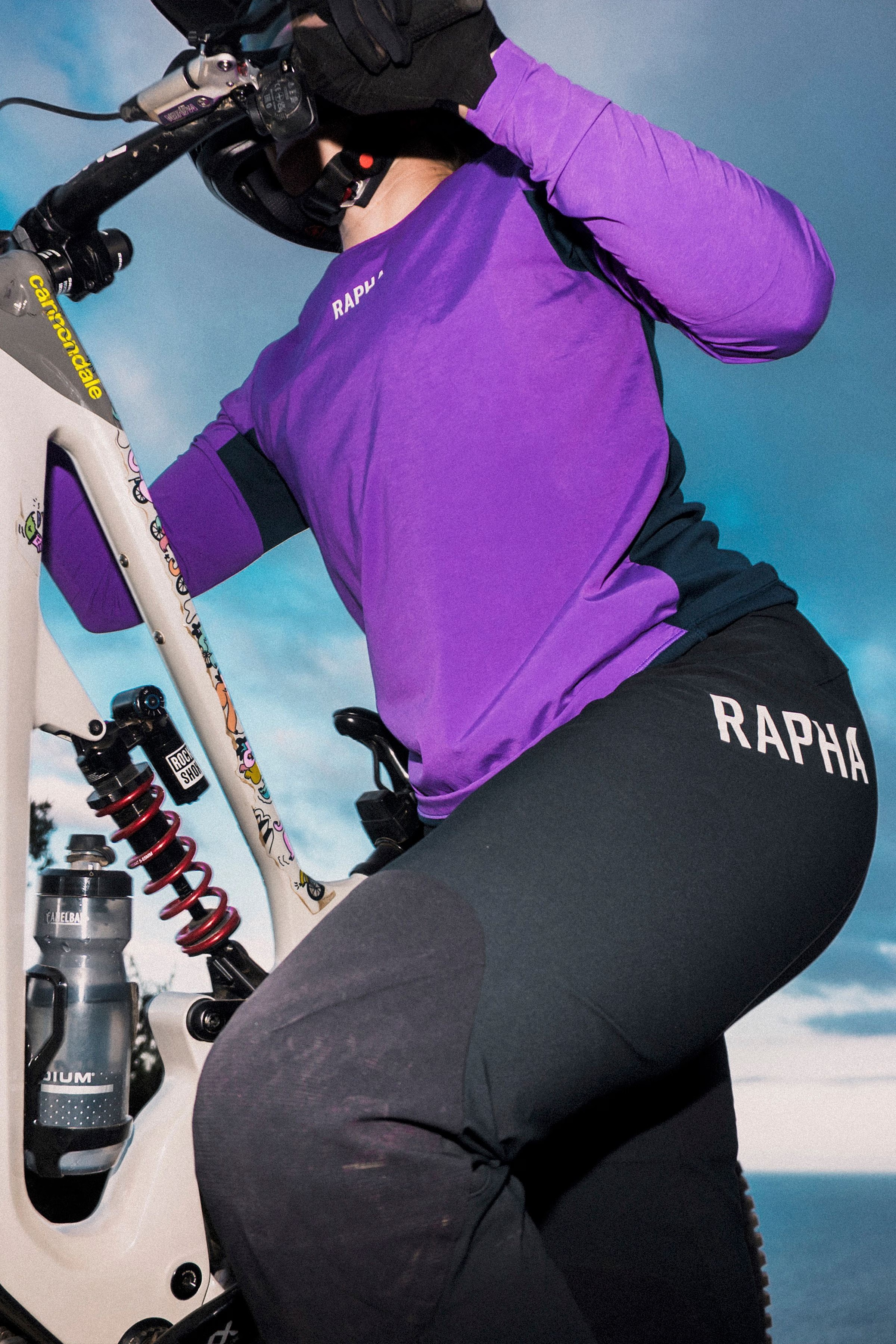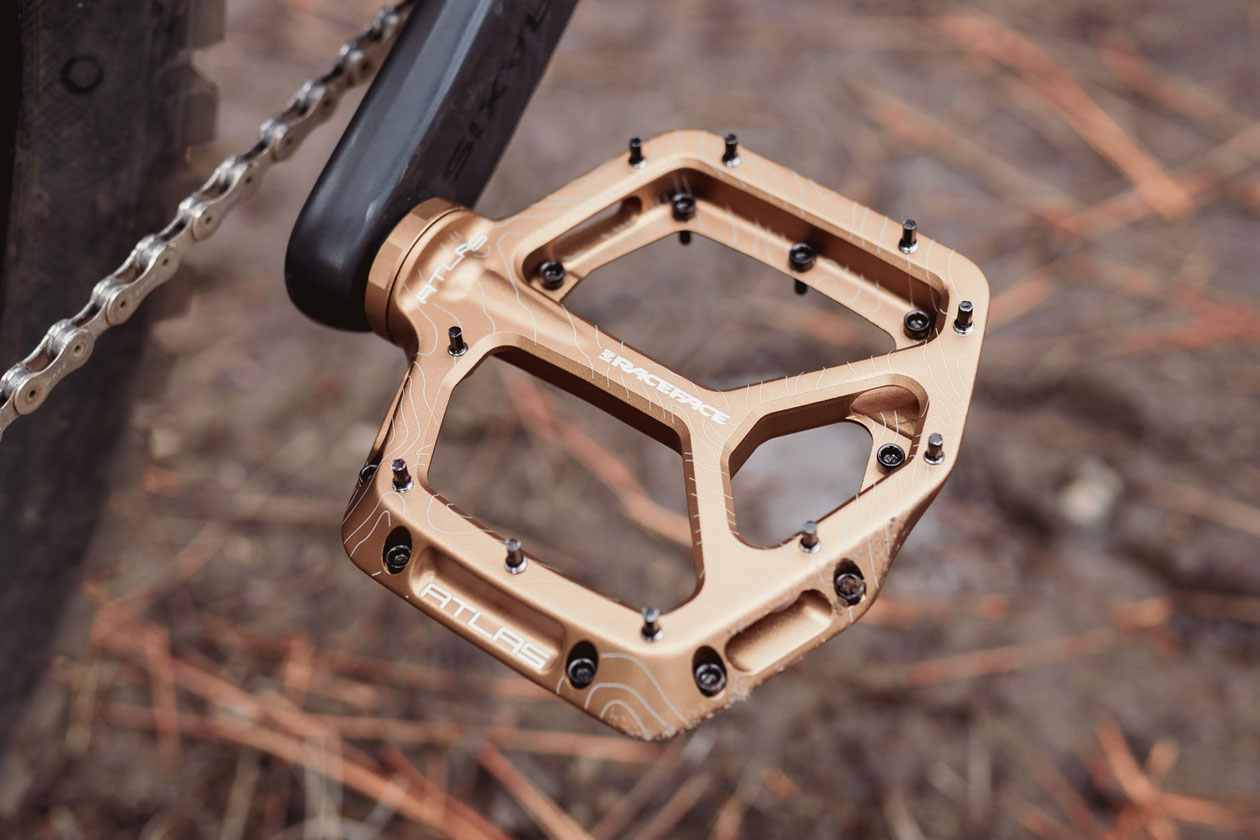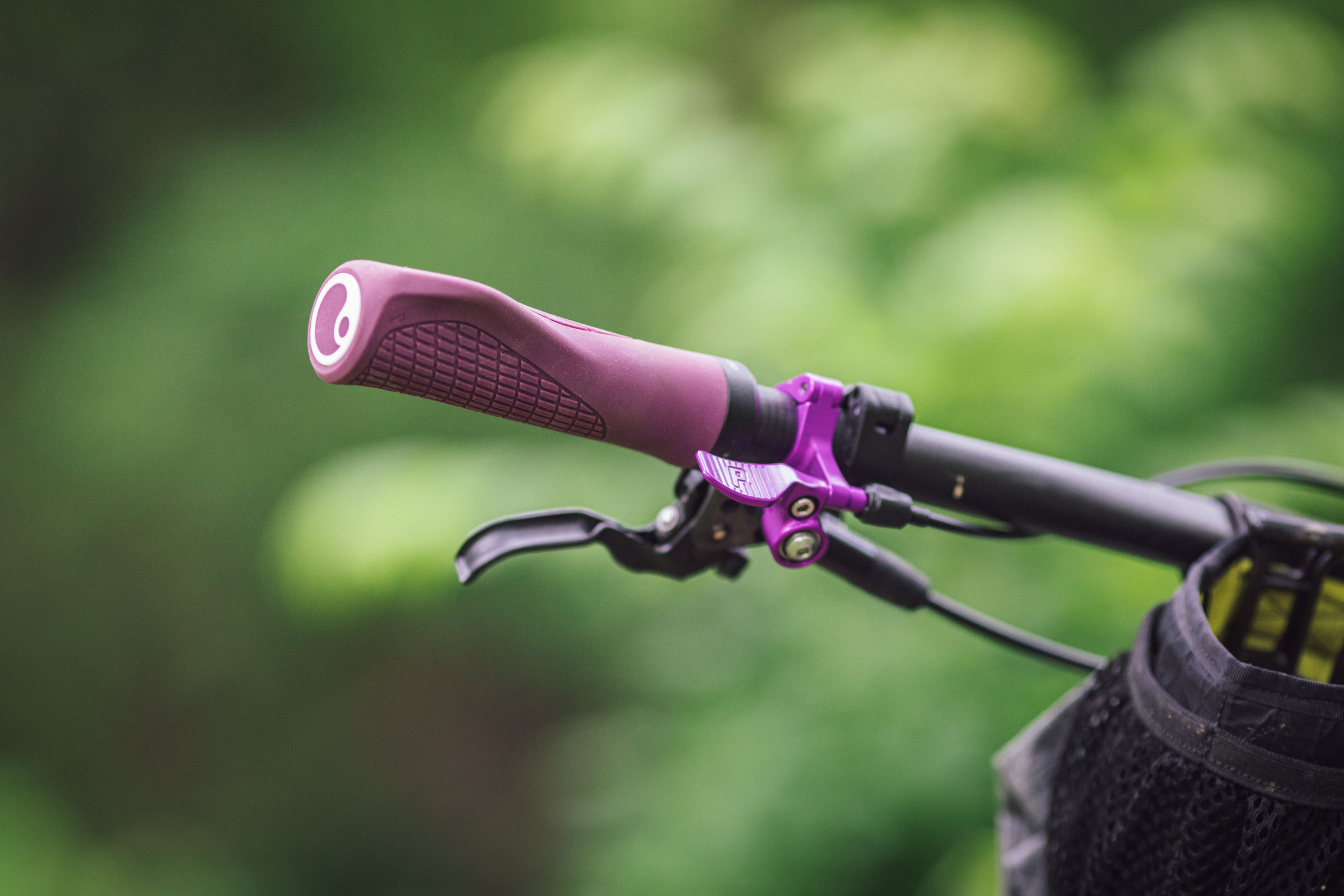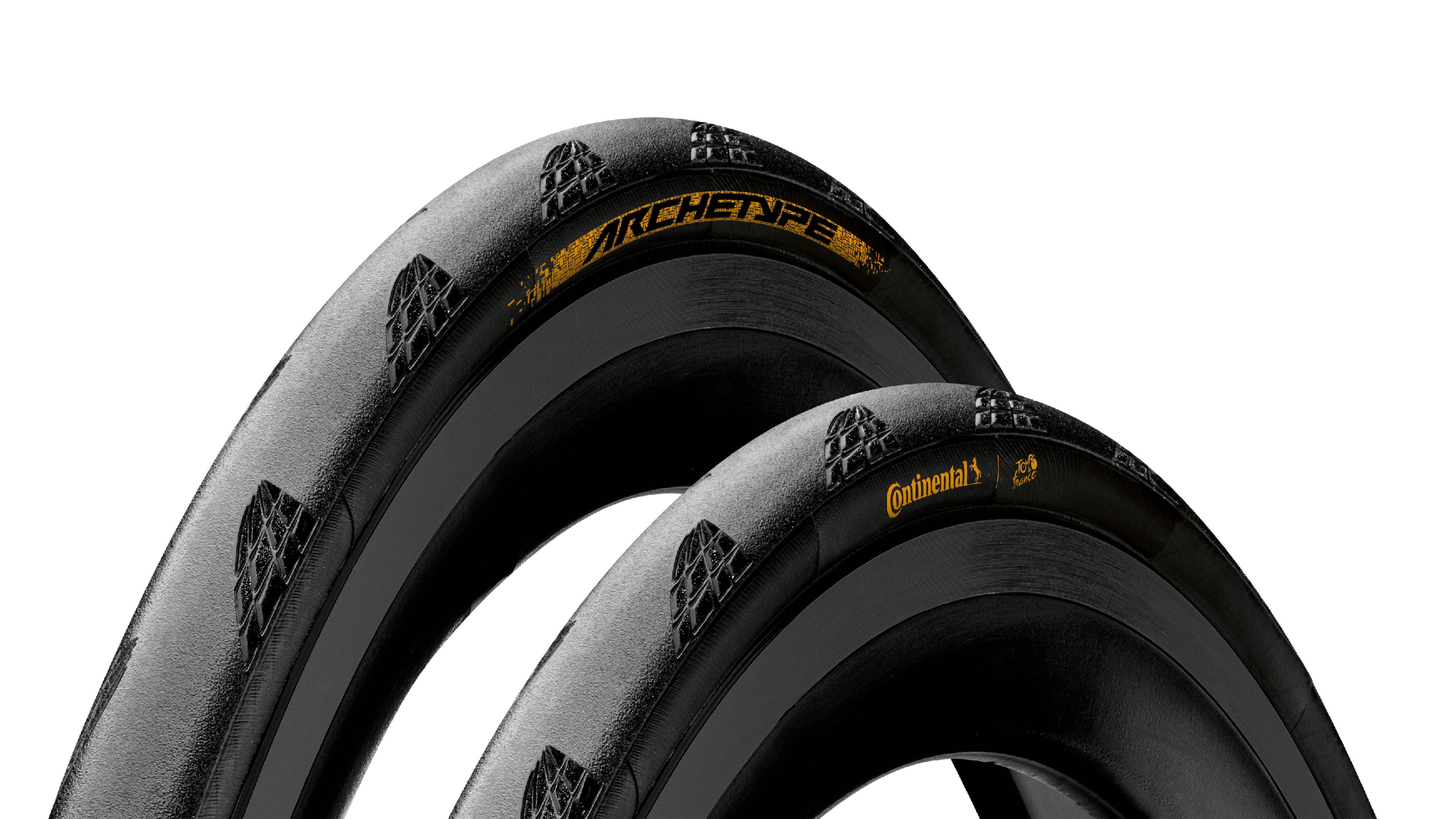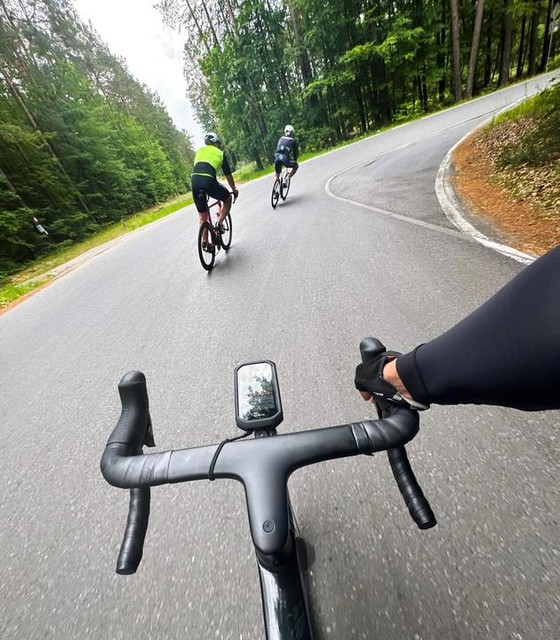
After a full Portland winter of testing weather gear, I’ve learned that the difference between “weather resistant” and “actually keeps you comfortable” often comes down to the details. The Rapha Trail Finale Windblock Jersey caught my attention because it promises something most cycling apparel doesn’t: intelligent weather protection that adapts to changing conditions without turning you into a sweaty mess.
Portland gets 165 days of rain per year, temperature swings that can hit 40 degrees in a single ride, and enough wind to remind you why proper gear matters. This jersey survived all of that, plus some questionable trail choices in the Columbia River Gorge.
Why This Jersey Actually Works
The Merino Advantage Most People Miss
Look, merino wool isn’t just expensive sheep marketing—it actually solves problems. The Trail Finale uses a 52% merino, 48% nylon blend that gives you the temperature regulation and odor resistance of wool with the durability to survive real trail riding.
Here’s what keeps you actually comfortable: merino naturally manages moisture and temperature fluctuations better than any synthetic I’ve tested. During those shoulder season rides where you start in 45-degree fog and finish in 65-degree sun, this jersey adapts without requiring mid-ride wardrobe changes.
Smart Wind Protection That Makes Sense
The windproof front panel isn’t just marketing—it’s strategically placed where you actually need it. During those screaming descents down Highway 30 or bombing down from Mount Hood, cold air hits your chest and core first. This jersey blocks that wind penetration while keeping your back breathable.
Most windproof layers turn you into a mobile greenhouse during climbs. This doesn’t, because the merino back panel still breathes while the front keeps that cutting wind from stealing your body heat.
Real Oregon Weather Testing
Temperature Range That Actually Matters
Here’s what keeps you actually comfortable: this jersey works in that tricky 40-65°F range where most cycling clothing fails. Too cold for just a base layer, too warm for a heavy jacket, and guaranteed to change by 20 degrees during your ride.
I’ve tested this through Oregon’s shoulder seasons—those brutal months where you can’t predict what the weather will do. Morning frost turning to afternoon warmth, sudden cloud cover dropping temperatures 15 degrees, wind that comes out of nowhere. This jersey adapted to all of it without requiring a full gear change.
Breathability That Prevents the Sweat Trap
Most windproof cycling gear creates what I call the “burrito effect”—you’re either freezing or overheating with no middle ground. The Trail Finale’s hybrid construction actually prevents this because the merino back panel keeps doing its job while the windproof front handles the elements.
During those grinding climbs up to Council Crest or through Forest Park, I stayed comfortable instead of creating my own personal rainstorm inside a non-breathable shell.
Built to Survive Portland Trails
Merino has a reputation for being delicate, but the 48% nylon reinforcement in this jersey changes that equation. After six months of riding through thorny Pacific Northwest vegetation and occasional bike-trail interface incidents, this jersey shows minimal wear.
The nylon content gives you durability without killing the merino’s natural performance characteristics—a balance most blended fabrics can’t achieve.
How It Actually Fits When You’re Riding
Designed for Real Mountain Bike Positions
The fit works—it’s not skin-tight race cut, but it’s not loose enough to flap in the wind either. The cut accounts for the forward-leaning mountain bike position, with longer back coverage that prevents that annoying gap between jersey and shorts when you’re in attack position.
After months of riding everything from easy fire road loops to technical singletrack through the Tillamook Forest, this jersey moved with me instead of fighting against me.
Freedom to Move When It Matters
Underarm gussets might seem like a small detail, but they matter when you’re throwing your bike around technical terrain. No binding, no restricted shoulder movement, no feeling like your jersey is limiting your bike handling.
The sleeve length hits that sweet spot where you get coverage without bunching up when you bend your elbows for descents or technical climbing.
Why the 2025 Updates Matter
Breathability Improvements That You’ll Notice
Rapha addressed the main complaint about previous versions—getting too hot during intense efforts. The updated fabric breathes better while maintaining wind protection where you need it.
This matters because most “windproof” cycling gear forces you to choose between staying warm and not overheating. This version actually adapts to your effort level.
Better Coverage Where Cold Air Sneaks In
The extended back hem prevents that cold air intrusion you get with shorter jerseys. When you’re leaned forward and riding aggressively, most jerseys leave gaps. This one doesn’t.
The updated collar design also seals better against wind without feeling restrictive or creating pressure points during long rides.
Surviving Oregon’s Weather Roulette
When Weather Changes Faster Than Your Gear Choices
Here’s where this jersey earned its keep: those classic Pacific Northwest days where you start in fog, climb into sun, descend into wind, and finish in rain. Most cycling gear forces you to stop and adjust layers multiple times. This jersey adapted to the changing conditions without requiring a roadside wardrobe change.
The merino naturally adjusts to your body temperature while the windproof front panel handles whatever the Columbia River Gorge decides to throw at you.
Long Ride Reality Check
After multiple 4+ hour rides through varying terrain and elevation—from the flat Springwater Corridor to the climbing punishment of OHSU hill repeats—this jersey stayed comfortable. No hot spots, no chafing, and crucially, no developing that unwearable synthetic stench.
The merino’s odor resistance isn’t marketing fluff. After back-to-back riding days (because sometimes Portland gives you two good weather days in a row), I could wear this jersey again without offending my riding partners.
Descent Performance Where It Counts
Bombing down from Mount Hood or hitting those fast fire road descents, the windproof front panel actually keeps you warm without turning into a parachute. The close fit prevents flapping while blocking enough wind to keep your core temperature stable during long descents.
Built to Last Through Pacific Northwest Abuse
Trail Durability That Matters
Six months of Portland-area riding means encounters with blackberry bushes, Doug fir branches, and the occasional unplanned dismount into the ferns. The nylon reinforcement in this jersey prevented the snags and tears that would destroy a pure merino jersey.
This isn’t delicate cycling clothing—it’s built to survive real trail conditions while maintaining the performance benefits of merino.
Caring for Gear That Actually Lasts
Yes, merino requires more thoughtful washing than throwing everything in with your towels. But proper care with wool-safe detergent and cool water maintains the fabric’s performance through extensive use. The included Rapha Repair Kit lets you handle minor trail damage without retiring the jersey.
How It Compares to Other Weather Gear
vs. Patagonia Merino Bike Jersey
The Patagonia costs less and offers solid merino performance, but lacks the windproof front panel that makes the Rapha actually useful in Portland’s wind and weather. For pure merino comfort, the Patagonia works fine. For variable weather protection, the Rapha is worth the premium.
vs. Castelli Perfetto RoS
The Castelli offers excellent wind protection, but it’s all synthetic and designed for road cycling. After testing both through Oregon’s shoulder seasons, the Rapha’s merino content provides better temperature regulation and odor resistance for longer rides and multi-day adventures.
vs. Specialized Trail Jersey
The Specialized delivers basic functionality at a lower price point, but the materials and construction feel budget-level compared to the Rapha. If you’re riding multiple times per week in variable conditions, the upgrade is worth it.
Is $135 Worth It for Weather Protection?
Investment in Gear That Actually Works
$135 for a cycling jersey feels steep until you consider what you’re getting: a piece that handles multiple weather scenarios without requiring a closet full of specialized layers. For serious riders who understand the value of reliable gear, the cost makes sense.
Here’s what keeps you actually comfortable: one jersey that works from 40-65°F, adapts to changing conditions, and lasts through serious trail abuse. That eliminates the need for multiple pieces and constant gear juggling.
Long-Term Value for Frequent Riders
If you’re riding multiple times per week through Oregon’s variable weather, this jersey pays for itself through versatility and durability. The ability to handle diverse conditions with one high-quality piece beats owning a collection of cheaper, specialized garments that each only work in narrow conditions.
Getting the Right Fit
Sizing That Actually Works
Rapha’s sizing runs true to their charts, which tend to be more generous than Euro race-cut brands. I’m 5'10", 160 lbs, and the Medium provides room to move without feeling baggy. If you’re between sizes and prefer a closer fit, size down. For maximum comfort on longer rides, stick with your usual size.
Accommodates Real Body Types
The merino blend has enough stretch to accommodate different builds while maintaining the structure needed for performance. The underarm gussets prevent binding regardless of arm length or shoulder build—important when you’re throwing your bike around technical terrain.
Keeping It Working Long-Term
Washing Reality for Merino Gear
Machine wash in cool water with wool-specific detergent, skip the fabric softener, and hang dry. This isn’t complicated, but it’s more careful than throwing everything in with your work clothes. Proper care keeps the merino performing and the windproof treatment effective.
Storage That Preserves Performance
Hang it up instead of wadding it in a drawer. The merino naturally resists odor buildup, so you can wear it multiple times between washes—especially valuable for multi-day bike trips or when you’re riding frequently.
When This Jersey Makes Sense
Temperature Sweet Spot
This jersey hits its stride in that 40-65°F range where most cycling clothing fails. Below 40°F, you need additional insulation. Above 65°F, you probably want something lighter. But in that sweet spot—which describes about 70% of Portland’s riding season—this jersey adapts to changing conditions.
Perfect for Pacific Northwest Conditions
Spring and fall are when this jersey earns its keep. Variable weather, temperature swings, unpredictable conditions—everything that makes the Pacific Northwest challenging for gear choices. Winter requires additional layers, summer in the valley gets too hot, but shoulder seasons are ideal.
Who Benefits from This Level of Performance?
This jersey makes sense for:
- Riders who understand the value of adaptable weather protection
- Anyone dealing with variable conditions and temperature swings
- Multi-day adventure riders who need odor-resistant gear
- Cyclists prioritizing natural materials over synthetic alternatives
- Serious mountain bikers willing to invest in gear that enhances the riding experience
Questions from Portland Riders
Q: Does the windproof front actually work without making you overheat? A: Yes, because the merino back panel keeps breathing while the front blocks wind. Most windproof cycling gear creates a sweat trap—this doesn’t.
Q: Can I wear this in summer? A: In the Portland valley, probably too warm above 70°F. Up in the mountains or coastal areas where temps stay moderate, it works fine. This isn’t hot weather gear.
Q: How often do I need to wash merino gear? A: Way less than synthetic. I’ve worn this 3-4 times between washes without it getting offensive. Proper wool-safe detergent and cool water when you do wash it.
Q: Works for road/gravel riding too? A: Absolutely. The weather protection and comfort benefits apply to any type of cycling in variable conditions. I’ve used it for everything from Forest Park mountain biking to gravel grinding in the Columbia River Gorge.
Q: How does this compare to Rapha’s road jerseys? A: More relaxed fit, designed for the mountain bike position. Road jerseys are tighter and more aero-focused. This prioritizes comfort and weather protection over pure performance.
Here’s What Keeps You Actually Comfortable
After a full Portland winter of testing weather gear, the Rapha Trail Finale Windblock Jersey solves the specific problem of variable conditions without forcing you to choose between staying warm and overheating.
The merino-windproof hybrid construction works because it’s strategic—wind protection where you need it, breathability where you don’t. For Pacific Northwest riding conditions, where weather changes faster than your gear choices, this jersey adapts instead of forcing constant layering adjustments.
At $135, it’s not cheap. But for serious riders who understand the value of reliable weather protection, it’s an investment in gear that actually enhances the riding experience rather than fighting against it.
Where to Buy: Available at Rapha and select premium cycling retailers. Support local bike shops when possible—they understand Pacific Northwest riding conditions.
Available Now
Specifications
Pros
- + Exceptional temperature regulation across varied conditions
- + Premium merino wool blend provides natural odor resistance
- + Windproof front panel blocks cold air without compromising breathability
- + Durable nylon sleeves resist snags and tears
- + Ergonomic fit optimized for mountain bike riding position
- + Lightweight 145gsm fabric doesn't feel bulky
- + Updated 2025 design improves breathability and coverage
- + Includes Rapha Repair Kit for field maintenance
Cons
- - No jersey pockets (relies on shorts/pack storage)
- - Merino content requires more careful washing
- - May run warm in hot summer conditions


